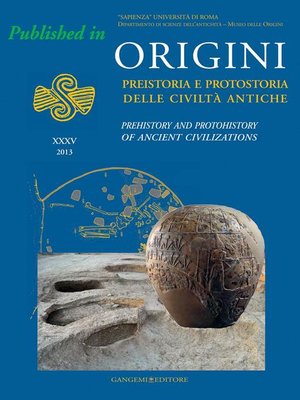Reuse of prehistoric lithic implements in historical times
ebook ∣ case studies from the Alban Hills: Published in Origini n. XXXV/2013. Rivista annuale del Dipartimento di Scienze dell'Antichità – "Sapienza" Università di Roma | Preistoria e protostoria delle civiltà antiche – Prehistory and protohistor · Origini n. XXXV--2013
By Flavio Altamura

Sign up to save your library
With an OverDrive account, you can save your favorite libraries for at-a-glance information about availability. Find out more about OverDrive accounts.
Find this title in Libby, the library reading app by OverDrive.



Search for a digital library with this title
Title found at these libraries:
| Library Name | Distance |
|---|---|
| Loading... |
The study of lithic artifacts found in the Alban Hills (near Rome) in contexts dating from historical times has enabled a series of reflections on the impact of the recovery and use of prehistoric flint objects in medieval, modern and contemporary times. This subject has rarely been addressed in the archeological literature, but it offers a different perspective for the methodological assessment of surface collections and isolated finds, especially in the case of old surface collections or finds that have not been analyzed scientifically. Flint does not occur naturally in the Alban Hills, hence people living there who wished to use flint scavenged prehistoric implements from prehistoric sites on the Pontine plain or at even greater distances, thereby impoverishing the archeological record. Conversely, most findspots of Paleolithic implements in the Alban Hills are probably related to modern reuse, not to human activities in the Pleistocene.







